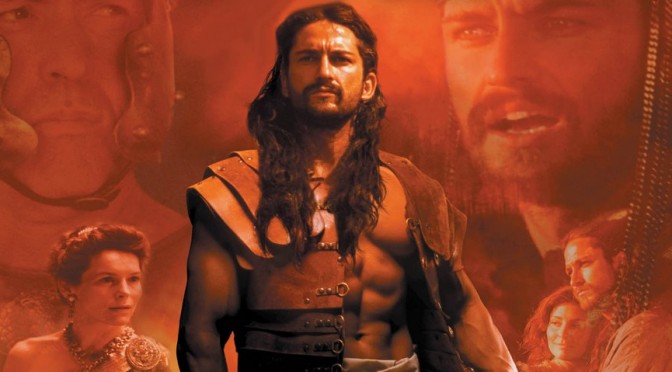The inheritance
In 441, The Hun’s finally invaded the Empire. it is possible this was orchestrated from the east as yet another attempt to finally overrun the gallic empire and the celtic culture. They poured through the Allamanii lands and swept past the defences of the Franks and the Saxons. Attila made it abundantly clear what he wanted. The hand of the Empress Justa Grata Honoria and half the empire which he judged to be hers by right.
There were three separate groups who opposed the Huns. In the north there were still the remnants of the Constantine, Constans, Jovinus rebellion now co-ordinated by Aegidus.
Aegidus
Aegidus was possibly of Frankish extraction. He was elected King of the Franks when Childeric was accused of rape and remained so for eight years whilst Childeric was in exile outside the empire ( in Thuringia). However he was thrust to one side when Childeric returned. Supporting Aegidus was Ambrosius and his brother Eutherius. The brothers were sons of Constans, therefore grandsons of Constantine III. The gallic empire continued.
The second group was the Roman empire itself. Flavius Aetius was Magister Militorum. In the years before the Hunnic invasion he had used Huns not as Foederadatii but as mercenaries to help control the Aegindus and as his own personal bodyguard. Richimar was the senior Comes. He was of Sueve/Visigothic parentage but a second cousin to Emporer Valantinian III and the Empress Honoraria.Two other comes were Avitus and Majorian.
Comes Avitus was from Central Gaul But from a roman family. He had close ties with the Visigoths however having spent time as an ambassador to their court and it was he who convinced them to join the fight against the Huns. Avitus and Majorian both went on to become Emperor.
The third group was the Visigoths. They possibly had no concerns if the Huns attacked the Gallic Empire of the North but but not want the huns moving to the south.
There can be few better introductions to the subject of Attila and the Empress Honoria than this 1954 Hollywood film. It was “historically inaccurate” as there is no history which records an actual meeting between Honoria and Attila. However Honoria vanished from the Roman record immediately after Attila’s second invasion of the Empire and Attila is supposed to have died of a heart attack during strenuous sexual activity a year later. Who knows? One version of the Geneology claimed by the Carolingian Kings of the Franks shows that Honoria did have a child, Ellak and that the Carolingians were descended from that child.
Catalunian Plain
When Attila invaded the roman defensive system worked well. Attila chose to ignore the fortified facilities and had reach a point half way between Orleans and Paris before he discovered that he was surrounded. He retreated rapidly but was now hampered by hit and run tactics by the Comitatenses, the Cavalry, who’s very name indicates that they were controlled by various Comes. Suffering continual losses Attila made a stand at the Catalunian Plain. The site of the battle was no accident of fate. The romans chose to halt him there. Reims was one of the great intersections of Roman roads and South east of Reims is the point where the great Roman highway from Narbonne through Nemausus and Lugdunum joined the northern road network. This permitted the Visigoths, travelling quickly along well made roads, to take part in the battle.
Using the network of roads the Comitiatenses poured into the area, supported by all the local Limitanes who could get there in time. It was on the outer edge of the Limitanes manned by the Franks. Another ten miles and Attila would have been safe.
Historians call it a tactical defeat for Attila. However much of the evidence suggests a resounding victory for the combined Romano gallic/visigothic forces. Most of the records of the battle have come to us through Frankish sources or sources under Frankish control. They would have wanted to describe the total collapse of the Roman Empire and the incompetance of its administration to justify their own grab for power. It just was not true. The Huns were surrounded by Comitiatenses both from the gallic and roman armies who used their archers to annihilate the huns with wave after wave of arrows. Then the cavalry moved in for the kill, heavy cavalry first to break resistance and then the light cavalry to mop up survivors. Attila was lucky he survived, most of his best troops did not.
Just for good measure Attila tried again the following year this time making a more easterly approach through Pannonia and striking direct for Rome. Again the defensive system worked, again Attila found himself surrounded. This time he retired much more quickly and there was no definitive battle. He never tried again and died shortly afterwards.
The Comitiatenses and the Comes who controlled them gained much confidence and the battle tactics used were still in use in the hundred years war nearly one thousand years later.
